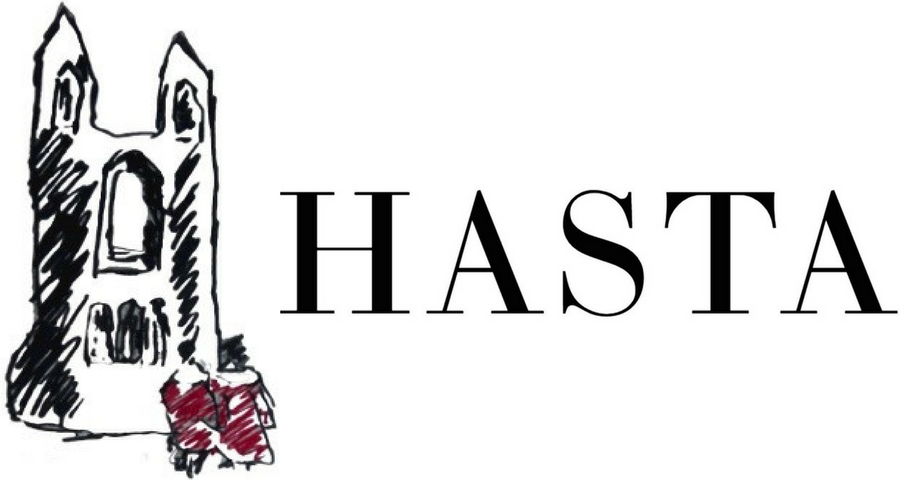Lost and Found: Raphael works discovered at the Vatican
By Mercedes Weidmer
Amidst the cleaning and restoration of rooms at the Vatican earlier this month, long-lost works by Raphael have been discovered.
Detail of The Hall of Constantine, Vatican Museum. Image courtesy of CNN.
In 1508, Pope Julius II commissioned Raffaello Sanzio, or Raphael as history has remembered him, to paint four rooms of his private quarters. Long called the ‘Raphael Rooms’, these quarters house some of the period’s most treasured works, including his 1511 fresco School of Athens. While he completed three of the rooms in fresco, the banqueting hall, the Hall of Constantine, was meant to have been done in oil - a dramatic break from the traditional fresco technique that dominated the period. However, the painter died in 1520, before he could complete the room, and the work was finished by other unknown artists.
The Hall of Constantine, like its forebears is done in the fresco technique, bar two figures in oil - the personifications of Justice and Friendship. Raphael worked in colour shades that differed from his contemporaries, a clue which became increasingly apparent as the cleaning went on. With little sign of preliminary drawings underneath, the restorers were sure that this could not be by the hand of a lesser painter, but only an experienced master.
Raphael, School of Athens, 1509-11, fresco, Vatican Museum. Image courtesy of Vatican Museum
In 1550, Giorgio Vasari in his famous work Lives of the most excellent painters, sculptors and architects noted that Raphael had been experimenting with oil in his work on two figures for a prominent patron. Ultra-violet and infrared photos confirmed that these figures were done in oil, not fresco. The Chief Restorer at the Vatican Fabio Piacentini tells CNN, “The way the paintbrush moves” is so markedly different, confident, typical of Raphael.
The discovery is particularly exciting as these are likely the last works the master completed before his death at the age of 37, book-ending a career that shaped the history of Western art, and producing some of the most remarkable works, which have inspired artists, historians, and art lovers for centuries.
Detail of The Hall of Constantine, Vatican Museum. Image courtesy of The Independent.
The restoration is part of a project undertaken by the Vatican with the sponsorship of the museum’s major patrons, costing around $3.1 million and is scheduled to be completed in 2022. While this discovery is not routine, it is a perk of the job, as Vatican Museum Director Barbara Jatta says, “That’s the beautiful thing of different projects, we are still searching … it never ends”.
Bibliography
Delia Gallager, “Two Raphael paintings unearthed at the Vatican after 500 years”, CNN, 14th December 2017. http://www.cnn.com/style/article/raphael-paintings-vatican/index.html
“Two lost Raphael paintings discovered in Vatican during fresco restoration”, The Independent, 15th December 2017. http://www.independent.co.uk/arts-entertainment/raphael-figures-vatican-lost-rome-fresco-restoration-uncover-pope-apartments-a8112181.html



